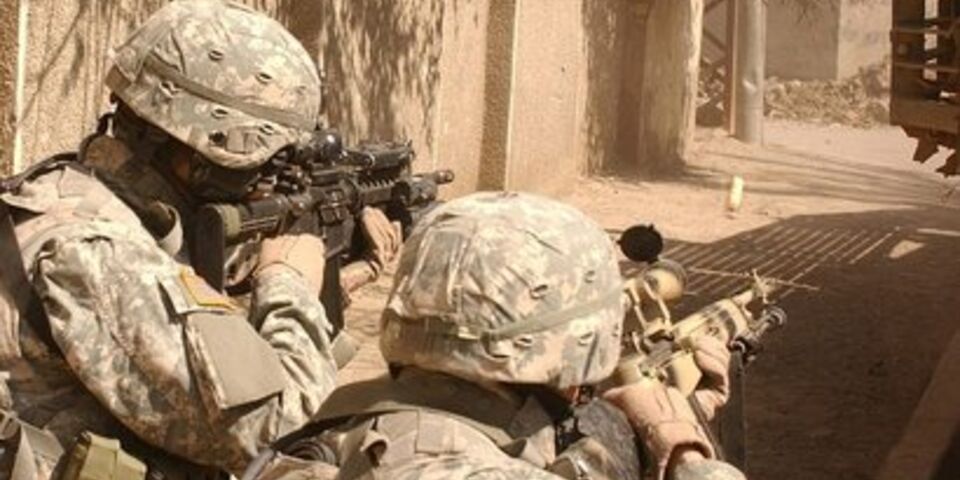Military networks invite mistakes
Military interventions in which allies work together with the support of technology place new demands on the participants. They must be able, more than in the past, to make ethical decisions. This is the view of Ethics and Military Technology specialist Christine Boshuijzen, in her dissertation entitled ‘Moral decision making in network enabled operations’.
Almost all today’s military operations are carried out by specialized armed forces from different countries. That applies to the international fight against ISIS in Iraq, the anti-piracy mission off the coast of Somalia and the stability mission in Mali. Allies with different tasks are joined together in networks using modern communication technology, and share all the available information. According to Boshuijzen, alliances like these (‘network enacted operations’) have the risk of taking the wrong decisions. A well known example is the German-US air attack in Kunduz in 2009. This led to over 100 civilian casualties because they were regarded as Taliban fighters.
In taking ethical decisions, armed forces need to keep in mind the guiding role of technology, says Boshuijzen. In particular, she identifies three pitfalls. The first is ‘tunnel vision’. This means observers who see events through technology are drawn into their on-screen images in a way that makes them lose sight of what is happening in the world around them, so they see a simplified picture of reality. This error can arise when commanders in the field use images that are really intended for pilots, as happened in Kunduz. This can make them lose the clear view of events that they need to take the right decisions.
A second pitfall is incorrect interpretation of real-time video images sent from helicopters or drones. Technology can unintentionally lead the behavior of observers in a specific direction. For example if thermal images draw attention to a vehicle with a running engine (high heat emission) and away from a playing child (low heat emission).
A third pitfall involves the communication between allies with different backgrounds and functions. Modern military action no longer follows simple hierarchical lines, but instead involves complex communication structures. For example between pilots, commanders and other members of the armed forces on the ground supporting fighter pilots, who on top of that are from different countries. Their values, interests, mandates and processes may be contradictory, without this being stated explicitly. Such tensions and lack of clarity about which considerations should take precedence have a particularly adverse effect on decision‑making at the lower hierarchical levels, in situations such as unexpected crises where armed forces need to take immediate action.
This is the first time that the risks of networked operations have been described in such detail. Boshuijzen -who as well as a specialist in the philosophy of technology is also an engineer and in her spare time a member of the military reserve- has made a philosophical analysis of psychological, social and technological aspects. The starting point of her research was to observe a number of large field exercises at the US Navy training center in Monterey. She conducted in-depth interviews with members of the armed forces, and studied literature including. WikiLeaks documents. That led to a clear picture of a number of cases in which armed forces took the wrong decisions, in some cases leading to civilian casualties.
Boshuijzen’s research is part of a broader study into ‘ethical fitness’ involving military personnel in the NWO Responsible Innovation program led by ethics of technology specialist dr. Lambèr Royakkers. This program involves both philosophers and psychologists working together. As well as the universities of technology of Delft and Eindhoven, TNO and the Netherlands Defense Academy are also involved.
Boshuijzen defended her thesis on 6 October at TU/e.
Source: TU/e press team


Discussion